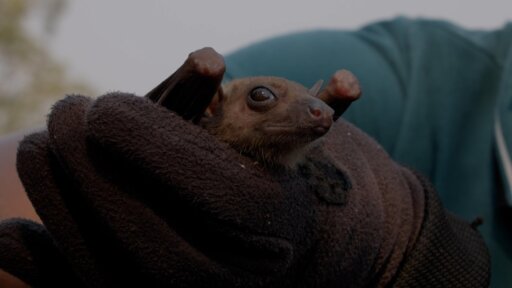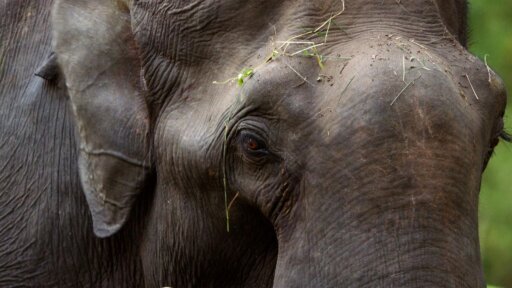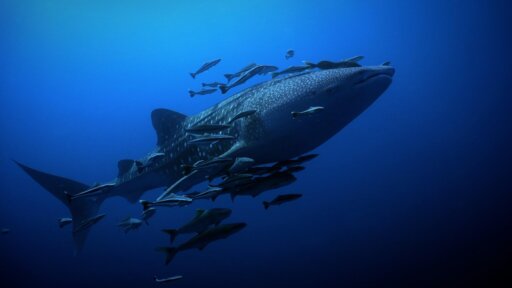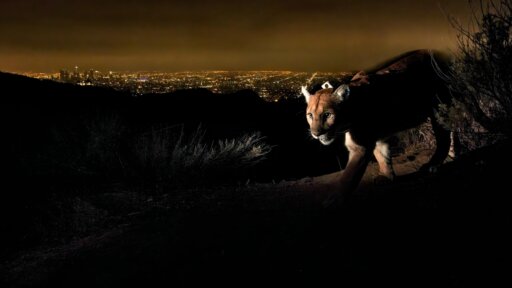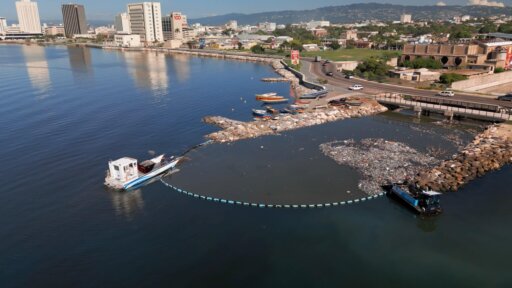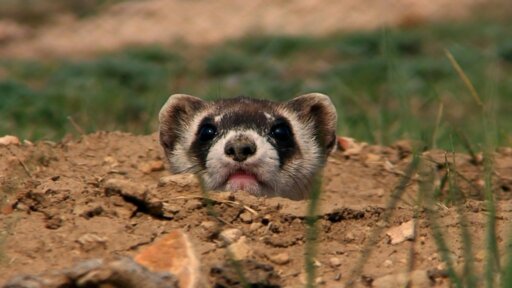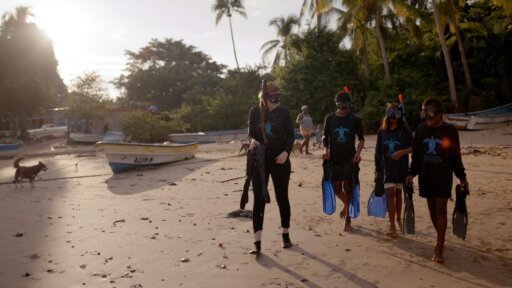Premiered: 10/30/2024
S43E2
Discover the wildlife of Transylvania, a mysterious and secretive region hiding some of Europe’s last true wilderness. Its soaring Carpathian Mountains and vast ancient forests provide sanctuary for wolves, bears and lynx. Narrated by Jeremy Irons.


